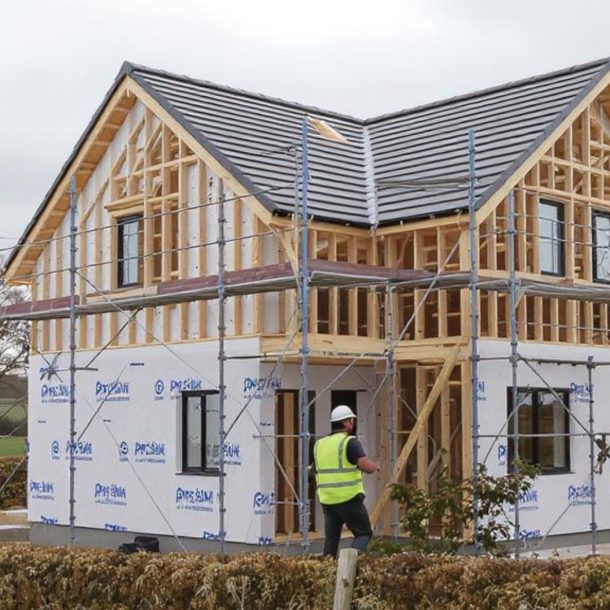

Close

In the towns, villages, and edge-of-settlement zones across Oxfordshire and the surrounding counties, there are thousands of residential plots quietly holding more value than meets the eye. With the right understanding of title splitting, it’s possible to unlock this value – without the need for large-scale development or risky speculation.
Title splitting is the process of dividing a single registered title at the Land Registry into two or more separate legal titles. This might involve separating a large garden, side plot, outbuilding, or driveway and registering it as its own parcel of land – capable of independent ownership, sale, or development.
It’s a tool often overlooked, yet it opens the door to small-scale, sustainable development in locations where housing demand remains strong but suitable land is in short supply.
Several converging trends make this a particularly timely strategy:
Splitting a title might look like:
Each scenario will need to be assessed individually, but in principle, the process involves:
Mortgage lender consent – Required if the original property is mortgaged.
Tax implications – SDLT, CGT, or VAT may apply depending on the transaction.
Access and services – Legal rights of way and service access should be established.
Title restrictions – Look for covenants or conditions in the current title.
Policy alignment – Sites within sustainable settlement boundaries have higher success rates.
A well-executed title split can:
According to analysis by SearchLand and industry case studies, small-scale developers in southern England have reported uplifts of 25% to 40% in site value from title splitting alone, particularly when paired with outline planning or permitted development.
In areas like West Oxfordshire, South Oxfordshire, and the Vale of White Horse, there are frequent examples of homes on corner plots or large gardens where title splitting could deliver additional housing. These are the kinds of sites that often fall below the radar of larger developers but can play a crucial role in meeting local housing need.
As neighbourhood plans evolve and land supply tightens, these micro-sites – when approached with care – have increasing importance. They also align well with local policy preferences for infill over greenfield sprawl.
Title splitting is not a loophole or shortcut – it’s a legitimate, strategic way to create housing opportunities on land that already has access, character, and community integration. It can be complex, involving legal, tax, and planning considerations. But for landowners, developers, or professionals advising clients, understanding when and how it can be applied is a valuable tool in the development toolkit.


Select Date & Time
Your Reservation
Location
{location_name}Clients
Instructor
{employee_name}Price
{reservation_price}Total: €0
Making a reservation...